Home>Articles>How Long Is The Electrical Cord On Hansdsfree Line Phone
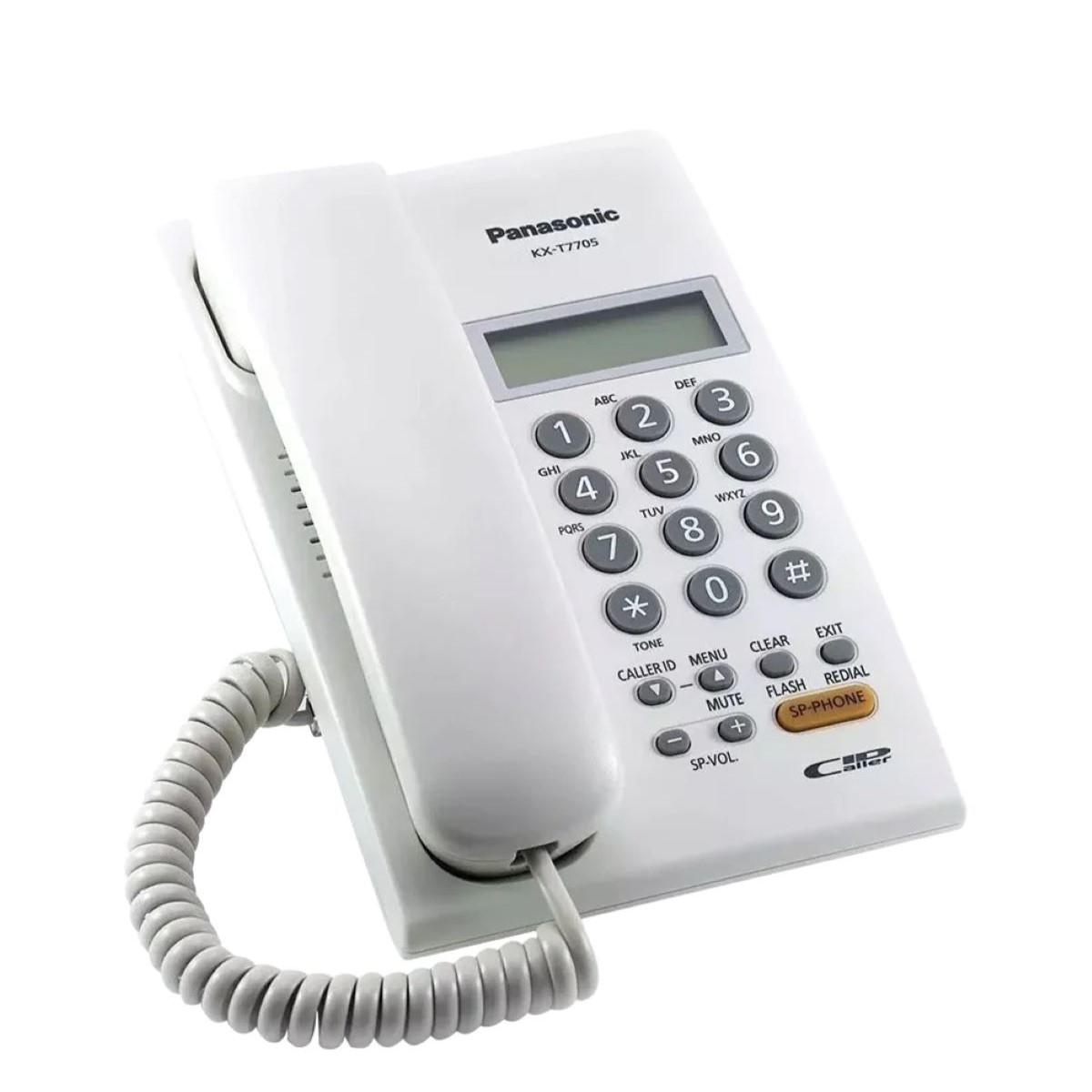

Articles
How Long Is The Electrical Cord On Hansdsfree Line Phone
Modified: March 1, 2024
Discover the article on how long the electrical cord is on handsfree line phones. Find all the information you need about articles and more.
(Many of the links in this article redirect to a specific reviewed product. Your purchase of these products through affiliate links helps to generate commission for Storables.com, at no extra cost. Learn more)
Introduction
In today’s fast-paced world, handsfree line phones have become an essential communication tool in both professional and personal settings. These devices offer convenience and flexibility, allowing users to multitask while staying connected. However, one often overlooked aspect of handsfree line phones is the length of their electrical cord.
The length of the electrical cord on a handsfree line phone plays a crucial role in determining the user’s comfort and convenience during phone calls. It can impact the user’s mobility, reach, and overall ease of use. In this article, we will explore the importance of the cord length and how it can affect the user’s experience.
Key Takeaways:
- Choose the Right Cord Length for Enhanced Communication
Consider personal preferences, usage scenarios, and environment when selecting a cord length. Longer cords offer increased mobility and comfort, while shorter cords may limit movement and cause inconvenience. - Effective Cord Management Enhances Communication Experience
Utilize cord management techniques and tools to keep the cord organized and manageable. Consider extending or shortening the cord as needed to maintain a clutter-free workspace and prevent inconveniences during phone usage.
Read more: How Long Is The Hitachi Electrical Cord
Factors Affecting Cord Length
When it comes to the cord length of handsfree line phones, there are several factors that come into play. These factors include technical limitations, user preferences, and accessibility requirements. Let’s delve further into each of these factors:
Technical Limitations
One of the primary factors that determine the cord length of a handsfree line phone is the technical limitations of the device. The design and engineering of the phone may impose restrictions on the maximum length of the cord due to various factors such as signal loss and interference. Manufacturers have to strike a balance between cord length and maintaining audio quality to ensure reliable communication.
User Preferences
Another significant factor influencing cord length is user preferences. Different individuals have varying needs and preferences when it comes to the length of the cord. Some users prefer longer cords as they offer more flexibility and freedom of movement, allowing them to walk around while on a call. On the other hand, some people may opt for shorter cords to minimize tangling and keep the workspace neat and organized.
Accessibility Requirements
Accessibility requirements also play a role in determining the ideal cord length for handsfree line phones. Individuals with disabilities or mobility impairments may require longer cords to ensure they can comfortably use the phone while being seated or in a specific position. Meeting these accessibility needs is crucial to ensure inclusive communication for all users.
By taking into consideration these factors, manufacturers aim to provide handsfree line phones with cord lengths that satisfy the needs and preferences of a wide range of users.
Standard Cord Length for Handsfree Line Phones
When it comes to the cord length of handsfree line phones, there are industry standards that manufacturers typically adhere to. These standards help ensure compatibility and consistency across different phone models. Let’s explore the standards and the common cord lengths available in the market:
Industry Standards
Industry standards dictate the acceptable range of cord lengths for handsfree line phones. While specific standards may vary between regions and manufacturers, there is generally a guideline that defines the minimum and maximum cord lengths. These standards are established to maintain usability and compatibility, ensuring that users can easily connect their phones to the necessary outlets without compromising on functionality.
Common Cord Lengths Available in the Market
Handsfree line phones typically come with a range of cord lengths to accommodate different user needs. The most common cord lengths available in the market range from 6 feet (approximately 1.8 meters) to 25 feet (approximately 7.6 meters). These lengths offer users a decent amount of flexibility and mobility during phone calls, allowing them to move around their workspace comfortably.
It’s worth noting that while these cord lengths are considered standard, some manufacturers may offer variations or customization options to cater to specific user requirements. Additionally, extension cords or cord management solutions can be used to extend the reach of the phone’s cord if needed.
By adhering to industry standards and offering a range of cord lengths, manufacturers strive to provide users with options that meet their communication needs while maintaining compatibility and usability.
Benefits of a Longer Cord
Having a longer cord on a handsfree line phone offers several benefits that can enhance the user’s overall experience. Let’s explore some of the benefits of having a longer cord:
Increased Reach and Mobility
Perhaps the most obvious advantage of a longer cord is the increased reach it provides. With a longer cord, users can move around their workspace more freely, allowing them to access documents or equipment without interrupting their phone call. This increased mobility can be particularly useful in busy office environments or during tasks that require a hands-free approach.
Flexibility in Positioning the Phone
A longer cord also offers greater flexibility in positioning the handsfree line phone. Users can easily position the phone at a comfortable distance, whether on their desk or mounted on a wall, without feeling restricted by the cord length. This flexibility ensures optimal sound quality and microphone placement, leading to clearer and more professional communication.
Enhanced User Comfort and Convenience
A longer cord contributes to enhanced user comfort and convenience during phone calls. Users can sit or stand in a position that suits them best without feeling constrained by a short cord. This freedom of movement reduces strain on the neck, shoulders, and arms, preventing discomfort and allowing for longer periods of phone use without fatigue.
Overall, a longer cord on a handsfree line phone provides increased reach, flexibility in positioning, and enhanced user comfort and convenience. These benefits can significantly improve communication efficiency and productivity, making longer cord lengths a desirable feature for many users.
Drawbacks of a Shorter Cord
While longer cords offer a range of benefits, it’s important to consider the drawbacks of having a shorter cord on a handsfree line phone. Here are some potential drawbacks of a shorter cord:
Limited Movement Range
One of the primary drawbacks of a shorter cord is the limited movement range it provides. Users may find themselves confined to a smaller area around their phone, limiting their ability to move freely during a call. This can be particularly inconvenient in situations where multitasking or accessing nearby resources is necessary.
Inconvenience in Usage
A shorter cord can also pose inconveniences during phone usage. Users may have to stay in close proximity to the phone, which can restrict their movements and disrupt their workflow. Additionally, tasks that require extending the phone away from the base, such as sharing information or passing the phone to someone else, can be more challenging with a shorter cord.
Potential Strain on the User’s Body
Using a handsfree line phone with a shorter cord for prolonged periods can potentially lead to strain on the user’s body. Users may have to lean forward or adopt awkward postures to maintain proximity to the phone or strain their arms while trying to reach distant objects. This can result in discomfort, neck and shoulder tension, and even musculoskeletal issues over time.
It’s important to assess one’s specific needs and working environment when considering the appropriate cord length for a handsfree line phone. Understanding the potential drawbacks of a shorter cord can help users make an informed decision and choose a cord length that best suits their requirements.
Factors to Consider When Choosing Cord Length
When selecting the cord length for a handsfree line phone, it’s essential to consider a few key factors that can affect the overall usability and satisfaction during phone calls. Here are some factors to keep in mind:
Personal Preferences and Needs
Personal preferences and individual needs play a significant role in determining the ideal cord length for a handsfree line phone. Some users may prefer a longer cord for increased mobility and freedom of movement, while others may prefer a shorter cord to minimize tangling or maintain a neat workspace. Evaluating your personal preferences and addressing any specific requirements can help you choose a cord length that aligns with your comfort and usability.
Use Case Scenarios
Consider the typical use case scenarios for your handsfree line phone. If you primarily use the phone for tasks that require you to move around your workspace frequently, such as conducting presentations or working in a warehouse, a longer cord may be more suitable. On the other hand, if you mainly use the phone in a fixed location such as a reception desk or a home office, a shorter cord may suffice. Understanding your typical phone usage patterns will help you make an informed decision.
Workplace or Home Environment
The environment in which you will be using the handsfree line phone is another important factor to consider. In large office spaces or open-plan areas, a longer cord may be necessary to ensure you can comfortably reach different areas of the workspace. In a home environment, where the phone is typically used in a more confined area, a shorter cord may be more practical and prevent unnecessary cord clutter.
By considering your personal preferences, use case scenarios, and the specific environment in which you will be using the handsfree line phone, you can make a well-informed decision about the ideal cord length that will enhance your communication experience.
Tips for Managing Cord Length
Managing the cord length of a handsfree line phone is essential to ensure a neat and organized workspace and to prevent any inconveniences during phone usage. Here are some tips for effectively managing the cord length:
Read also: 11 Best Long Electrical Cord for 2024
Cord Management Techniques
There are various cord management techniques you can use to keep the cord of your handsfree line phone tidy and free from tangles. One simple technique is to use cable clips or ties to secure the cord along the edge of your desk or wall. This helps prevent the cord from dangling and getting in your way. You can also consider using cable sleeves or spiral wraps to bundle and protect the cord, keeping it organized and easy to handle.
Extending or Shortening the Cord if Needed
If the original cord length of your handsfree line phone does not suit your needs, you have the option to extend or shorten the cord. Extension cords or cord extenders can be used to increase the reach of the cord if you require a longer length. However, it’s essential to ensure that the extension cord you choose is compatible with your phone and maintains audio quality. On the other hand, if you find the cord to be too long, you can consider using cord shorteners or find ways to neatly coil and secure the excess length to prevent tripping hazards or clutter.
Using Cord Organizers or Adapters
To better manage the cord length, you can also make use of cord organizers or adapters. Cord organizers, such as cable trays or cable management boxes, provide a designated space to store excess cord length and keep it out of sight. They can help maintain a clean and organized workspace while ensuring easy access to the phone. Additionally, using adapters, such as cord splitters or cord retractors, can help streamline the cord length and prevent it from tangling or becoming a hindrance during phone usage.
By implementing these cord management techniques and utilizing the appropriate tools and accessories, you can effectively manage the cord length of your handsfree line phone, ensuring a clutter-free and hassle-free communication experience.
Conclusion
In conclusion, the length of the electrical cord on a handsfree line phone is an important consideration that can greatly impact the user’s experience during phone calls. By choosing the appropriate cord length, users can maximize their comfort, convenience, and productivity. Here is a summary of the key points discussed:
– The length of the cord is influenced by technical limitations, user preferences, and accessibility requirements.
– Industry standards exist to define the acceptable range of cord lengths for handsfree line phones.
– Common cord lengths available in the market range from 6 feet to 25 feet.
– Longer cords provide increased reach, mobility, flexibility in positioning the phone, and enhanced user comfort and convenience.
– Shorter cords can limit movement range, cause inconvenience, and potentially strain the user’s body.
– Factors to consider when choosing cord length include personal preferences and needs, use case scenarios, and the workplace or home environment.
– Cord management techniques, such as using cable clips, ties, or sleeves, can help maintain an organized workspace.
– Extending or shortening the cord, as well as using cord organizers or adapters, can further manage the cord length effectively.
Choosing the appropriate cord length for a handsfree line phone is crucial to ensure optimal communication efficiency and user satisfaction. By considering individual needs, typical usage scenarios, and the specific environment, users can make an informed decision that aligns with their preferences and enhances their overall communication experience.
Remember, the cord length may seem like a small detail, but it can make a significant difference in enhancing your comfort, mobility, and productivity during phone calls. So, take the time to evaluate your needs and select the right cord length for your handsfree line phone.
Frequently Asked Questions about How Long Is The Electrical Cord On Hansdsfree Line Phone
Was this page helpful?
At Storables.com, we guarantee accurate and reliable information. Our content, validated by Expert Board Contributors, is crafted following stringent Editorial Policies. We're committed to providing you with well-researched, expert-backed insights for all your informational needs.
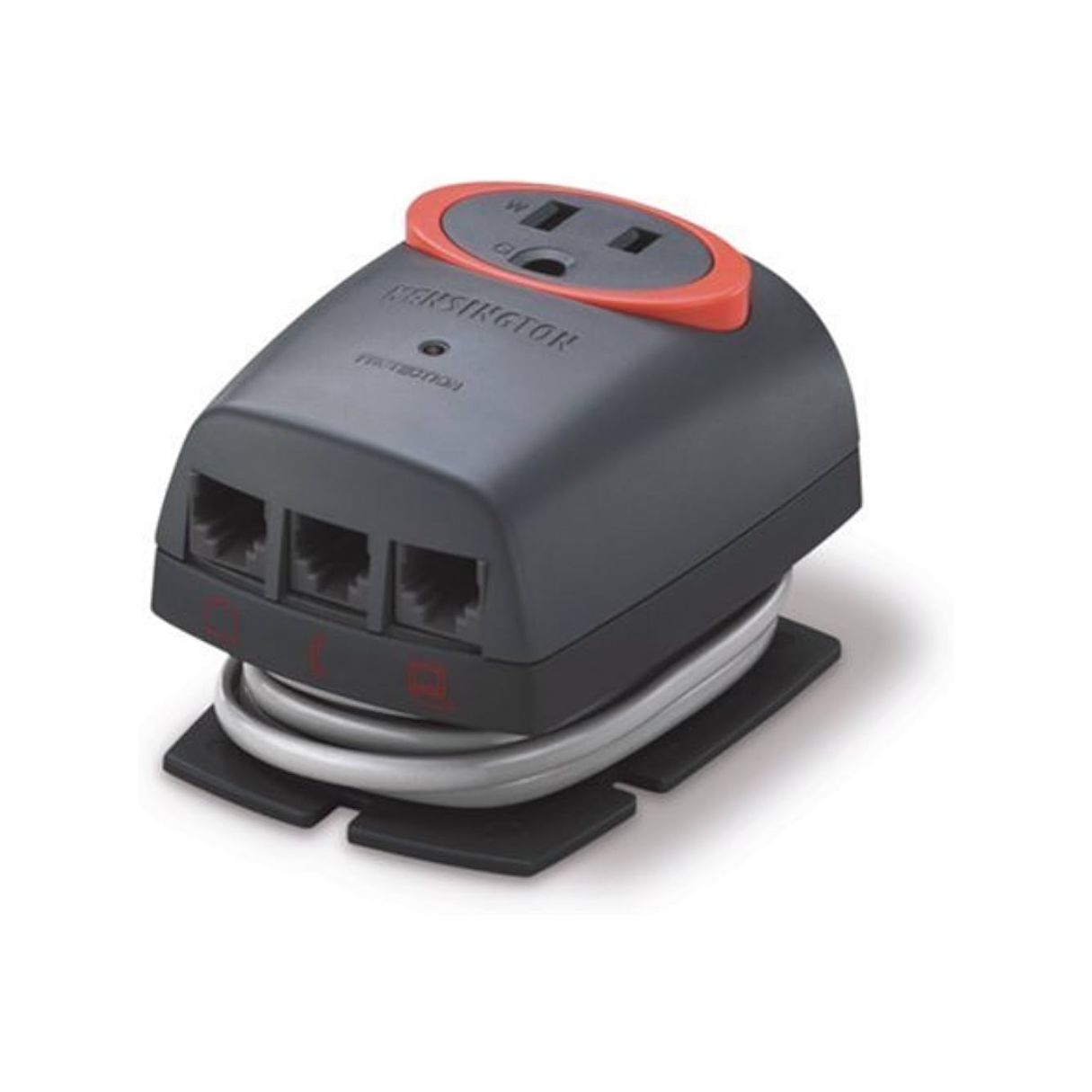

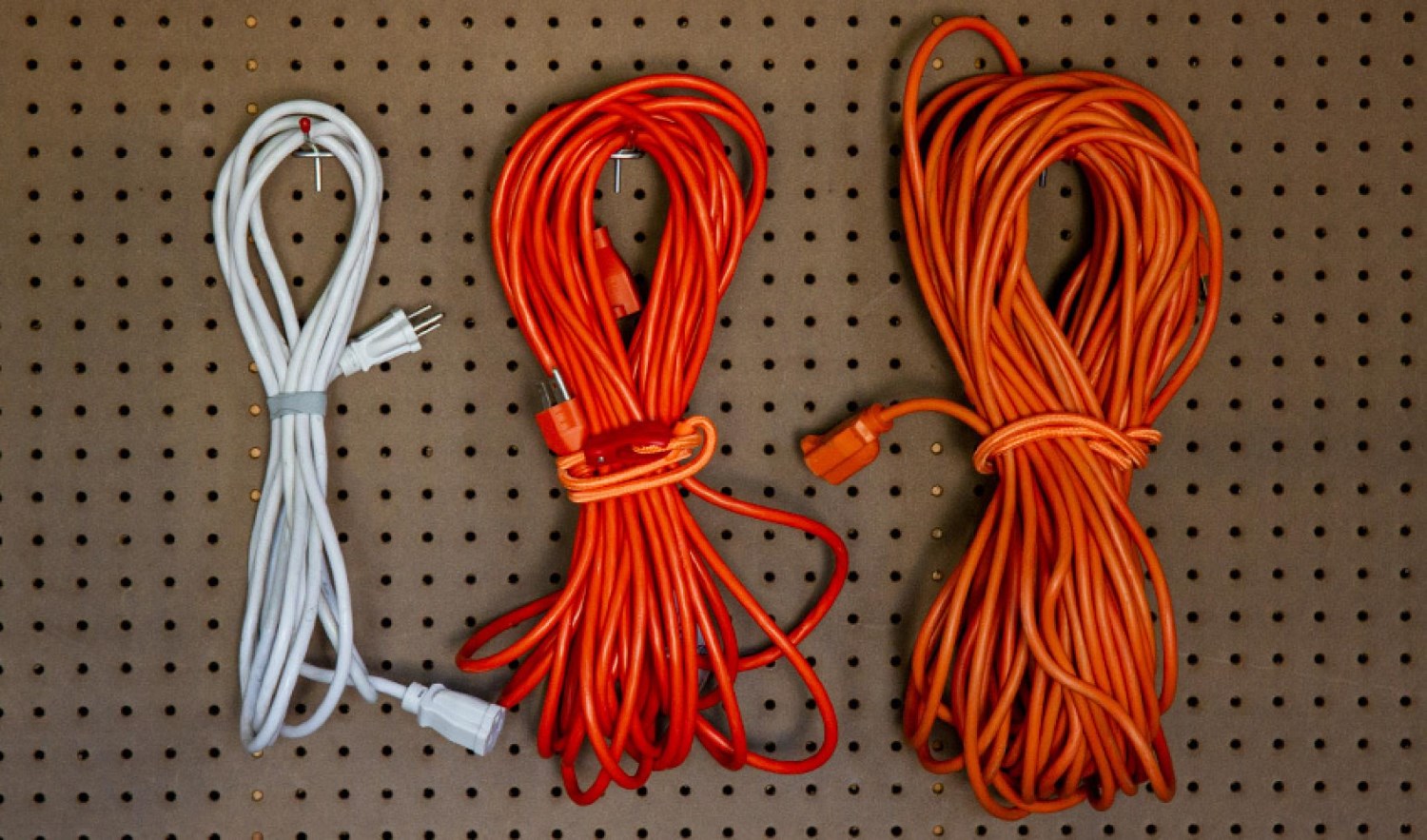
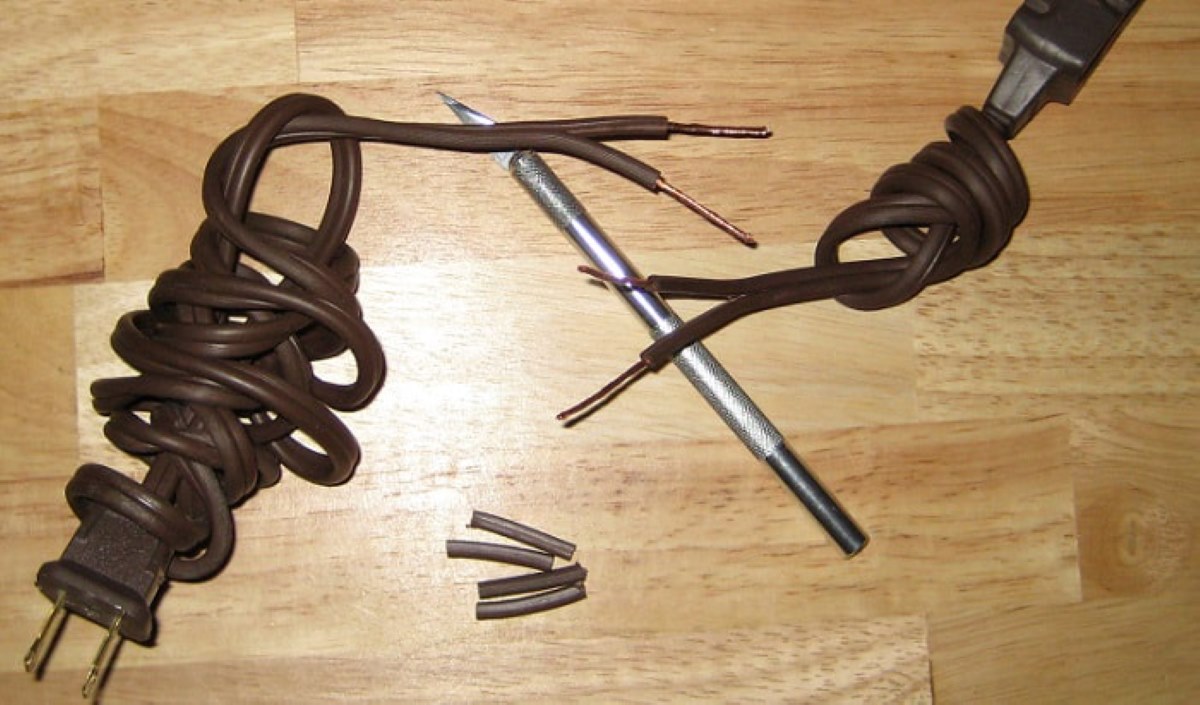
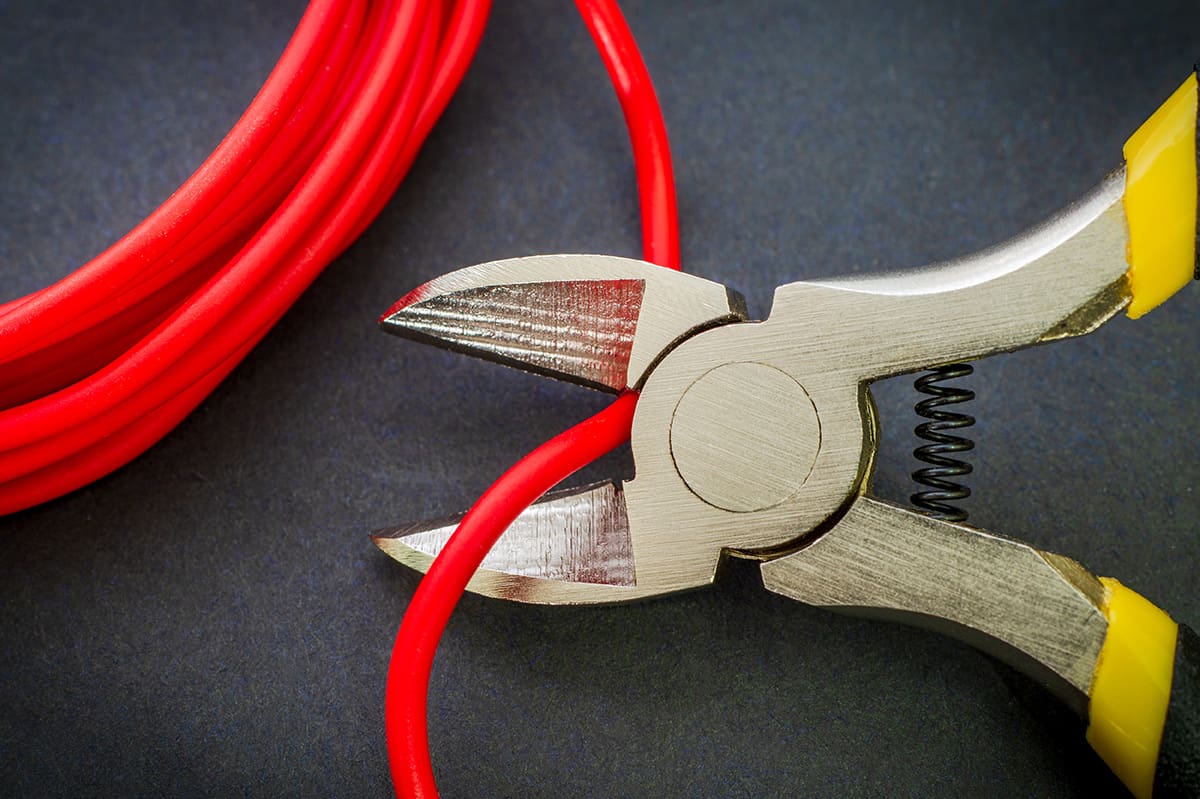
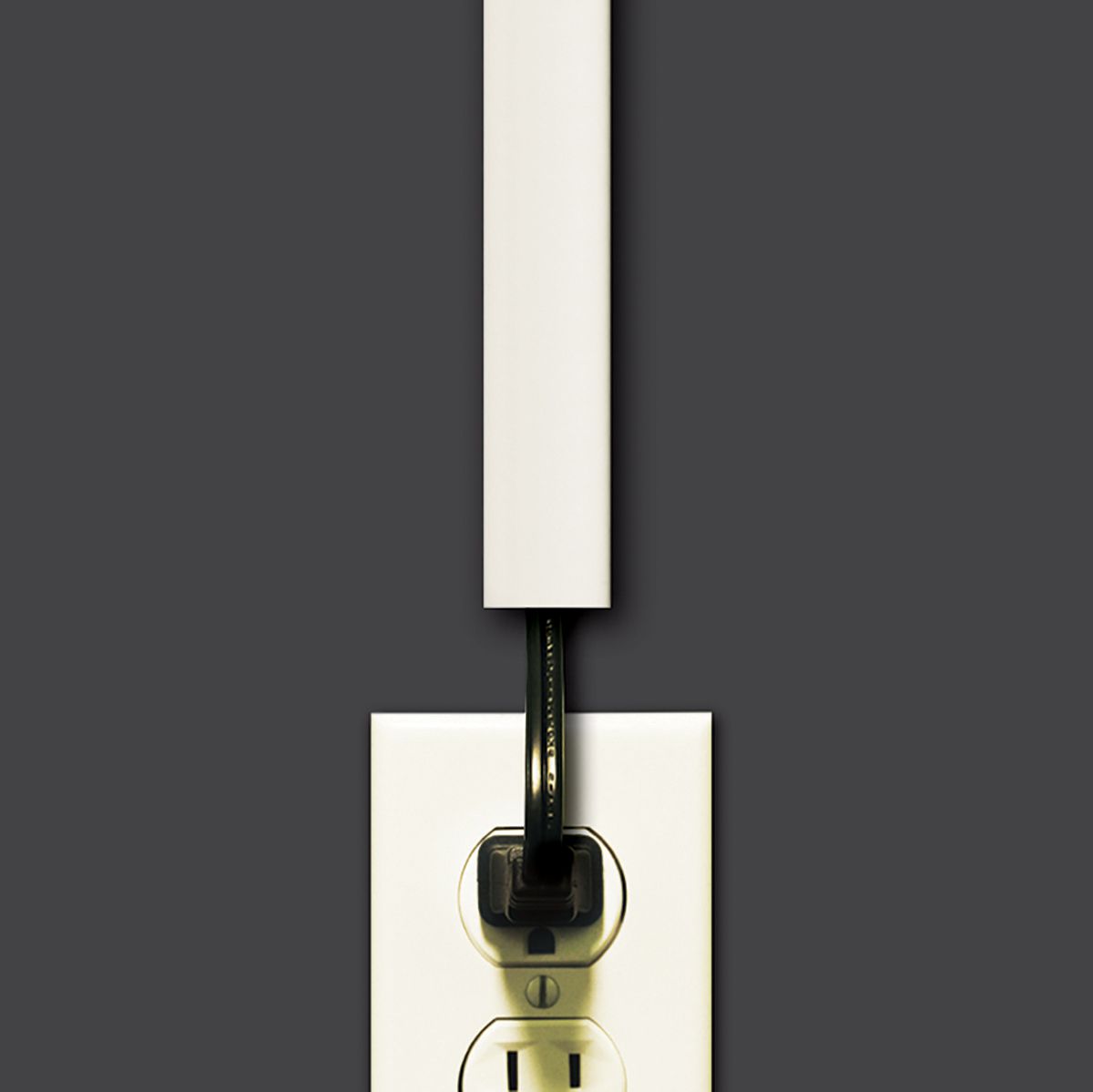
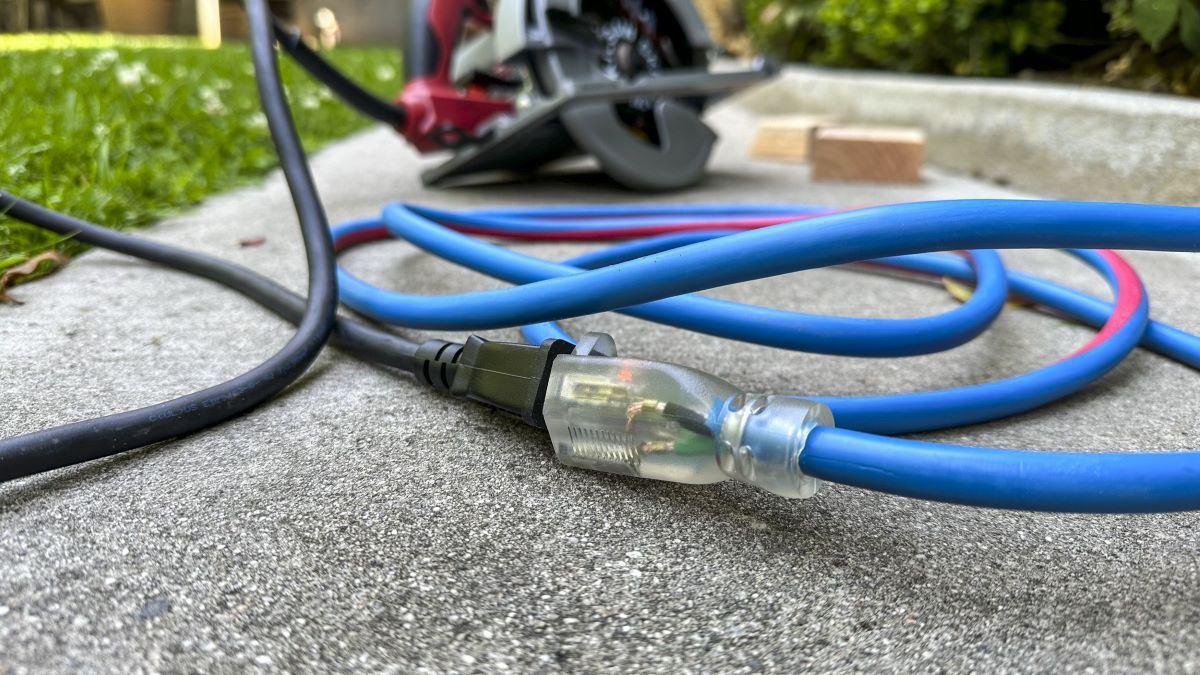
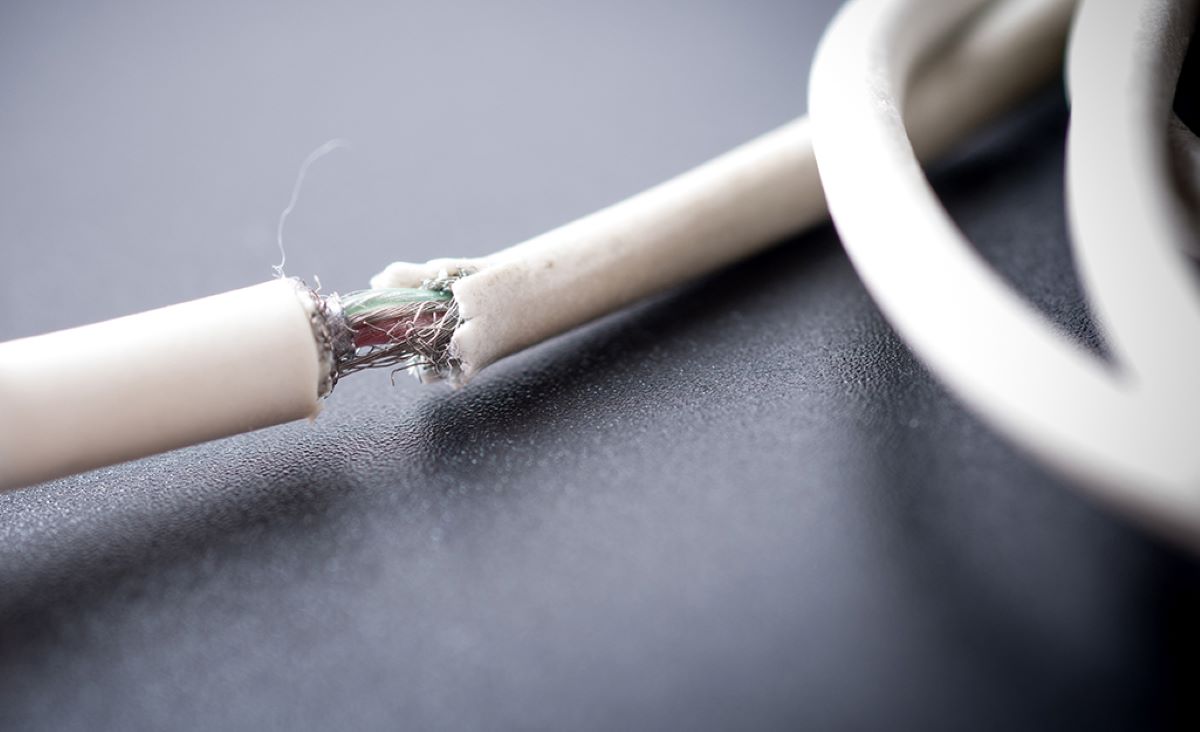
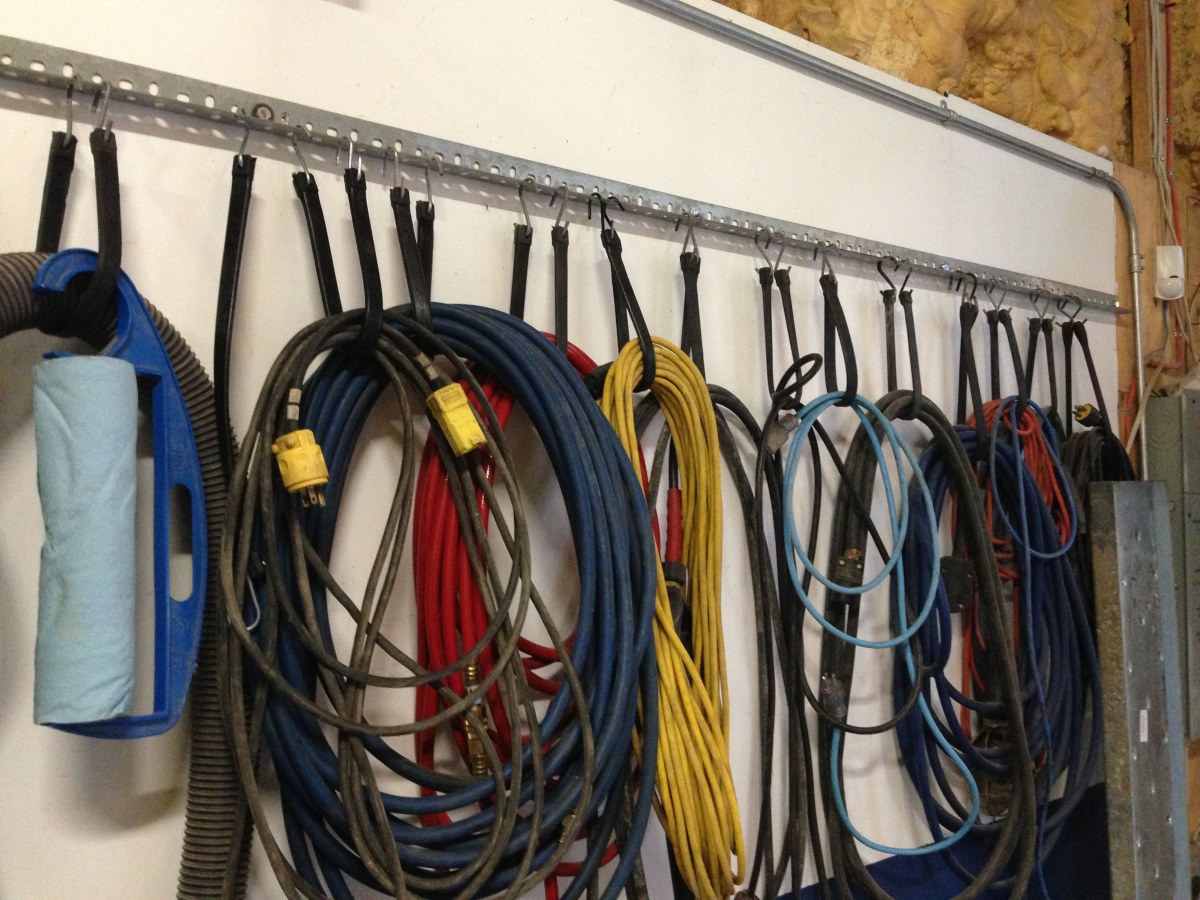


0 thoughts on “How Long Is The Electrical Cord On Hansdsfree Line Phone”